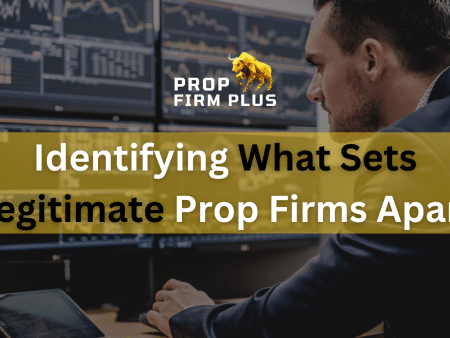In the event that you decide to pursue futures trading, it would be wise to first take a step back and create your trader profile before registering for a funded trading account. Based on your time commitment, account size, trade position, and risk tolerance, select one of the trading profile styles listed below to determine the type of trader you will be.
Trading Strategies
Whether a trader is a hedger, investor, or speculator is the most basic aspect of their trading strategy. Investors and speculators aim to profit from price fluctuations.
The kind of market traded and the duration of maintaining the trade position may be two factors that set these two traders apart. Hedgers are either end users or producers of commodities who are shifting risk.
The length of time you plan to maintain your trade position determines the next layer of your trading approach. Most traders fit into one of three main trading styles:
A trader who engages in day trading does not retain any overnight positions; instead, they enter and exit positions on the same day. This kind of trading requires a lot of dedication and is really a full-time job.
Swing trading is a strategy used by traders who aim to profit from brief market movements. Positions are usually kept for a few days or weeks. Swing trading is the most popular trading method and requires less dedication than day trading.
A trader who engages in position trading may hold their positions for several months or even years. An excellent illustration of a position trader would be an investor. The goal of this trading strategy is to identify long-term trends, which are often shown on weekly and monthly charts.
Comparing Trading Styles: Short-Term vs. Long-Term
The goal of a short-term trader is to enter a position when the time horizon between entry and exit is a few weeks to a day. Unpredictable volatility brought on by company news, official reports, and consumer sentiment can affect short-term traders. In order to be successful with this technique, traders must immediately respond to unforeseen events and define short-term risk and reward criteria as soon as they spot an opportunity. You’ve made the decision to open and finance a commodity futures trading account and have your trading strategy in place. It is now up to you to decide whether your trading strategy calls for long-term or short-term holdings.
Whether you are a long-term or short-term trader, it is always vital to keep in mind to set your risk/reward criteria and make well-informed judgments so you can stick to your own guidelines.
The position trading style is employed by long-term traders, who may also employ the same chart patterns at longer intervals than short-term traders. This approach is predicated on the idea that the market will stay in its current trajectory for a very long time. Additionally, they will make use of basic data relevant to the market of interest that could forecast the commodity’s price in the future.
Recognizing Trading Risk
“No reward, no risk.” But how much of a risk are you ready to take in order to reap the benefits you expect?
Before making a deal, a lot of investors seek a risk-to-reward ratio of 3:1. You should triple your expected reward beyond what you are willing to risk. It makes no sense to pursue if the danger exceeds the possible benefit.
The work doesn’t end there, however, once you’ve estimated how much you can benefit from your trade and decided how much risk you’re willing to take. Setting your initial criteria is vital, but in order to let the market work for you, you also need to have a solid follow-through plan in place. Let the market determine when it is time for you to exit if you are right about the market. As the deal benefits you, you ought to be lowering your risk.
Let the market determine when it is time for you to exit if you are right about the market. As the deal benefits you, you ought to be lowering your risk. Go back over the information that first introduced you to the trade, and adjust your stop if you observe that the trend is continuing. Never let a victor become a loser. You shouldn’t wait for something to happen just because you were willing to risk “x” amount of money when you placed the transaction.











